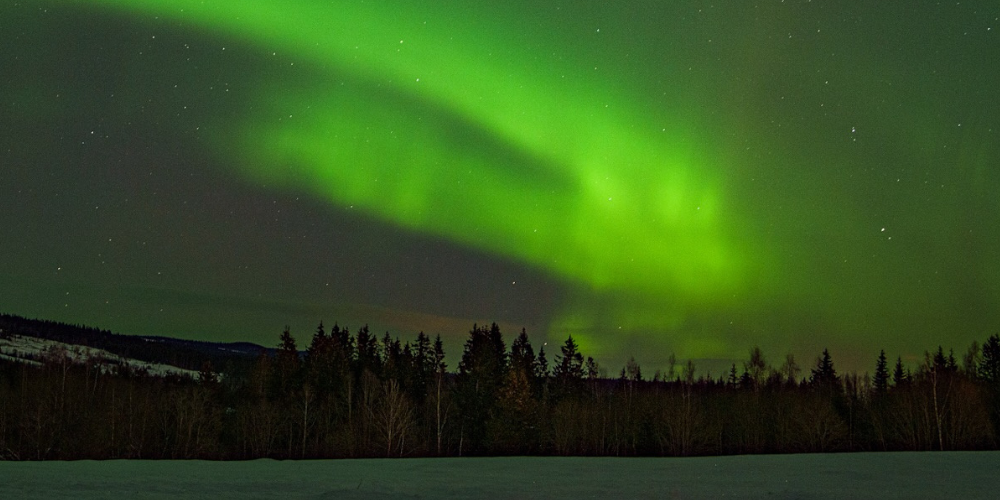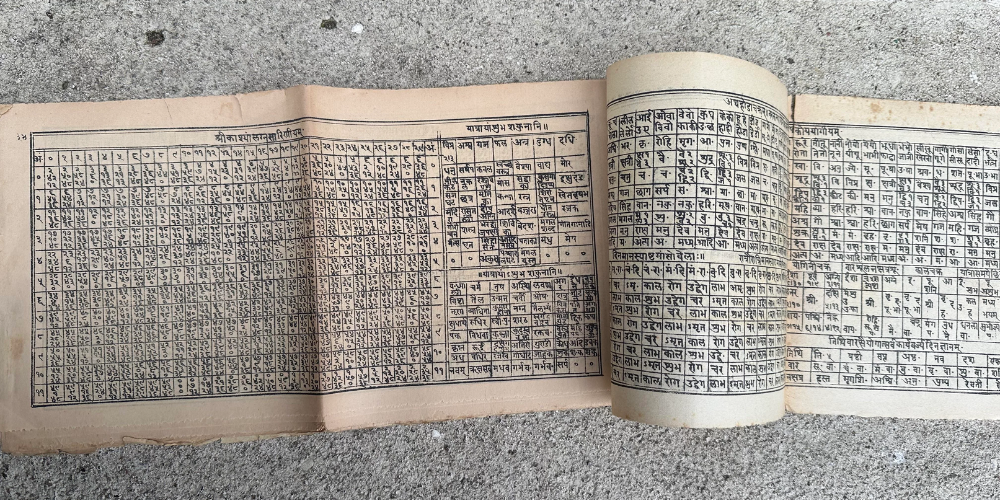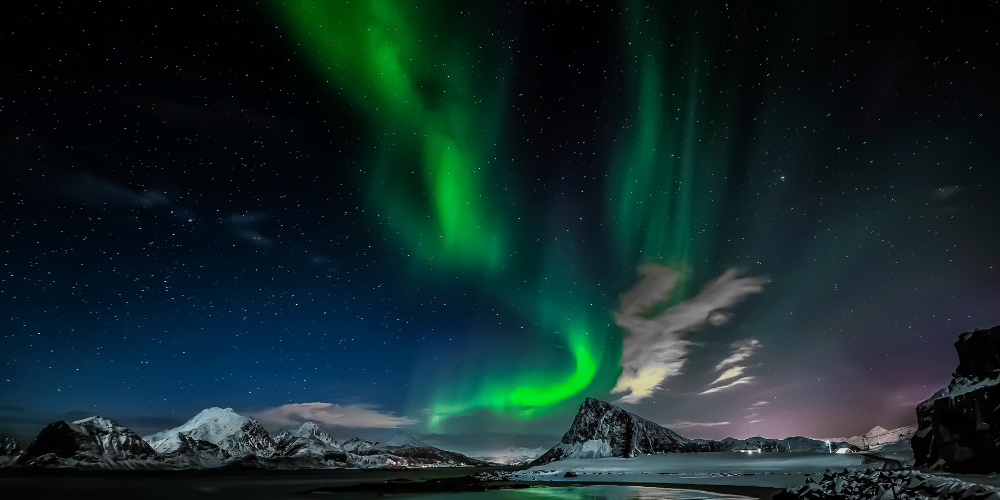The quest to discover life beyond our planet has fascinated scientists and space enthusiasts alike. Whether machines can help us unearth evidence of extraterrestrial life has been the topic of much discussion.
Interestingly, we may have taken a giant leap closer to this elusive goal with a groundbreaking AI algorithm capable of detecting signs of life with a staggering 90% accuracy. It's a discovery that could reshape our understanding of astrobiology and pave the way for future missions to Mars and beyond.
A New Frontier in Detection
In the vast expanse of space, our spacecraft have already shown their prowess in identifying molecules that hint at the presence of alien life.
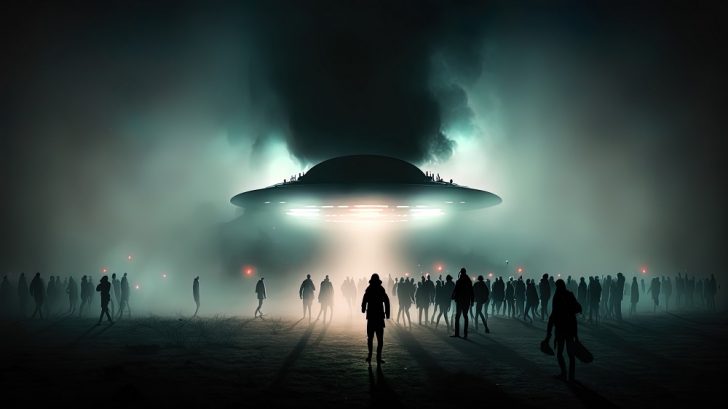
Deepai/ Pexels | Extraterrestrial life has never been discovered, but that doesn't mean it doesn't exist
However, the challenge lies in that organic molecules, those telltale signs of potentially intriguing biological processes, tend to degrade over time, rendering them nearly invisible to our current technology. But what if there was a way to uncover these subtle molecular clues even in samples dating back hundreds of millions of years? Well, that's precisely what this cutting-edge AI method promises.
Unlocking the Chemistry of Life
The brain behind this revolutionary AI-driven approach is a group of scientists, including Robert Hazen from the Carnegie Institution for Science in Washington, D.C. They began by delving into the notion that the chemistry of life fundamentally differs from that of inanimate matter.
They postulated the existence of "chemical rules of life" that govern the distribution and diversity of biomolecules. By unveiling these rules, they aimed to create a roadmap for modeling life's origins and, crucially, detecting the faintest traces of life on distant celestial bodies.
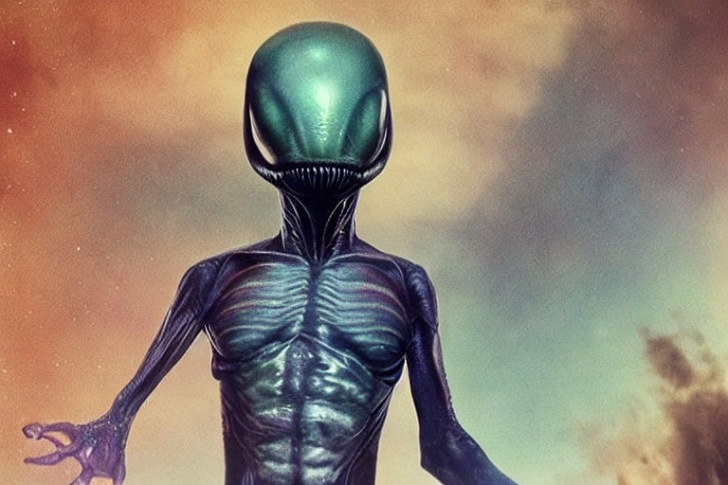
Deepai/ Pexels | Artificial Intelligence (AI) is now capable of detecting subtle differences in molecular patterns that indicate biological signals
Deciphering Biomolecular Signatures
The heart of this AI methodology lies in its ability to distinguish between the chemical processes governing the formation and functioning of biomolecules and those of non-living substances. Biomolecules like amino acids retain information about the processes that birthed them.
This characteristic is likely to also apply to extraterrestrial life forms, making them stand out from their non-biological counterparts. These disparities can be identified and quantified through the lens of AI.
The AI Training Process
The team initiated a rigorous training process to equip the AI algorithm with the necessary knowledge. They utilized a dataset comprising 134 samples, 59 biotic and 75 abiotic samples. The dataset was randomly split into a training set and a test set to validate the algorithm.
The results were nothing short of astounding. The AI successfully identified biotic samples from diverse sources, including shells, teeth, bones, rice, human hair, and even ancient life preserved in fossilized fragments like coal, oil, and amber. Conversely, it accurately identified abiotic samples, such as amino acids created in a lab and carbon-rich meteorites.
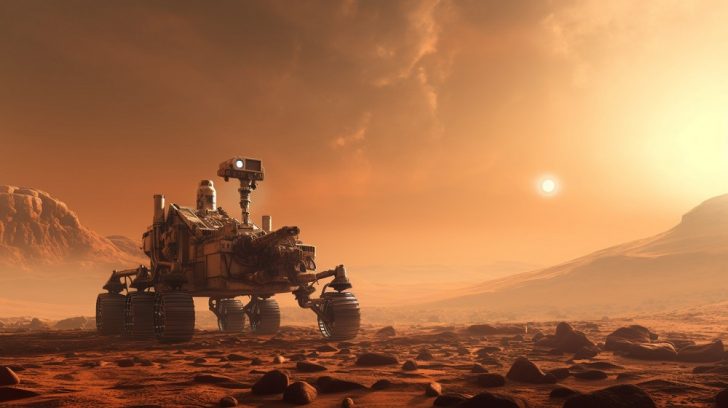
Deepai/ Pexels | In the vast expanse of space, our spacecraft have already shown their prowess in identifying molecules that hint at the presence of alien life
Exploring Earth's Oldest Mysteries
Perhaps one of the most exciting applications of this newfound AI capability is its immediate deployment to study the 3.5 billion-year-old rocks in Western Australia's Pilbara region, believed to house the world's oldest fossils.
These rocks, first discovered in 1993, were thought to contain fossilized remains of early microbes resembling cyanobacteria, the pioneers of oxygen production on Earth. However, these findings have sparked controversy, with some suggesting that geological processes might explain the evidence. Could AI help settle this debate once and for all?

